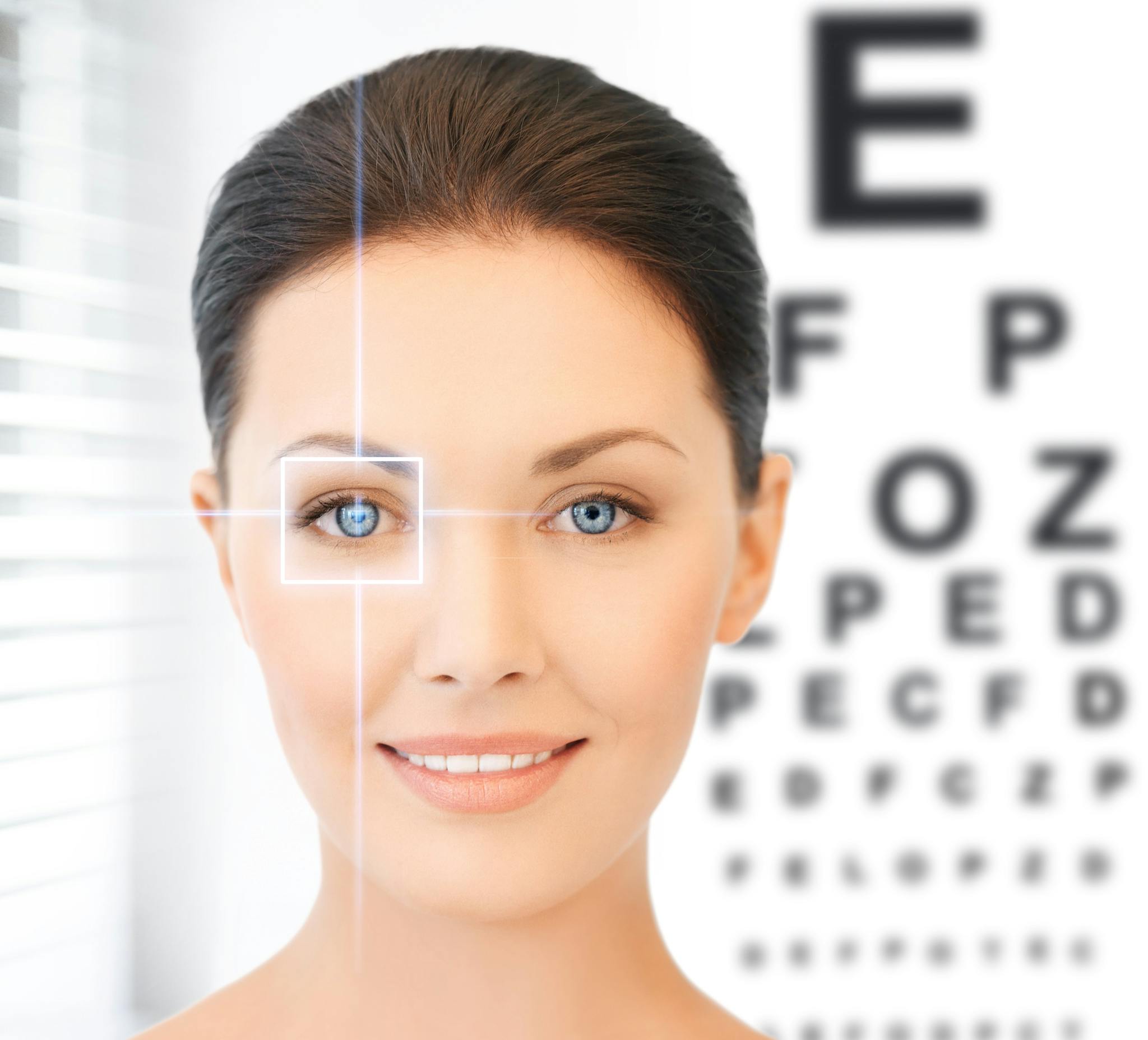
2024-07-12T16:54:51
Sunscreen Travel Tips
- Dermatology
March 30, 2017 | Ophthalmology

The curve and shape of your eye affects the way you see the world around you. For example, if the lenses in your eye have mismatched curves, you may experience blurred distance and near vision, a condition called astigmatism. Eyes with astigmatism are more egg-shaped than round.
Astigmatism can occur in a combination of symptoms that may include myopia or hyperopia . Although some cases of astigmatism aren’t prominent enough to need treatment, others may require corrective procedures.
Signs of astigmatism include:
If these symptoms become serious enough to disrupt your daily life or basic tasks, speak to your doctor. Children may not be aware of their symptoms, so it’s important to schedule regular eye exams, including screenings for astigmatism by an ophthalmologist.
Understanding the cause of astigmatism involves understanding a bit more about the eye. Two structures in the eye bend light onto the retina and are converted into images: your cornea (the clear surface on the front of your eye) and your lens (the clear structure inside the eye that focuses on objects).
If either of these structures have mismatched curves, light rays aren’t able to bend properly, causing a refractive error. This occurs when the cornea or lens is egg-shaped rather than round, causing incorrect reflection of light, which leads to blurry images. Astigmatism is a refractive error that can occur horizontally, vertically or even diagonally.
A basic eye exam can diagnose astigmatism—this includes several different tests to examine the health of the eye and check for a refraction. Your doctor will use a variety of instruments and lights to perform the exam, and you may be asked to look at several objects through different lenses.
In some cases, symptoms of astigmatism aren’t serious enough to require any corrective treatment. In others, however, treatment is required:
If you have the symptoms of astigmatism, or if you notice symptoms in your child, speak to your doctor about scheduling an eye exam.
“Facts About Astigmatism.” National Eye Institute. https://nei.nih.gov/health/errors/astigmatism
“Astigmatism.” The Mayo Clinic. http://www.mayoclinic.org/diseases-conditions/astigmatism/home/ovc-20253070
WRITTEN BY:
The Live Better Team


2024-07-12T16:54:51

2024-07-02T11:42:04

2024-07-01T13:49:28

2024-06-21T14:29:51
This information is not intended to replace the advice of a medical professional. You should always consult your doctor before making decisions about your health.